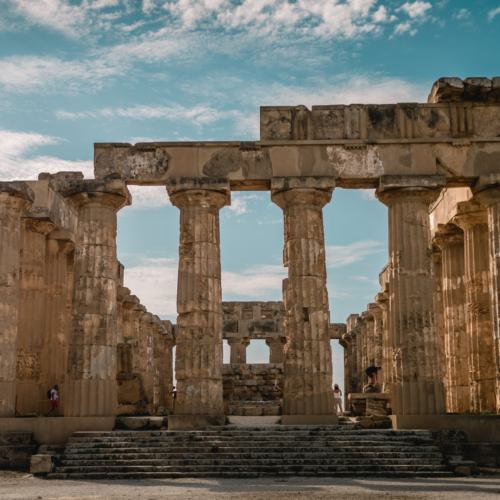Excellence & Degradation
by Subomi Plumptre

When I moved into a new apartment, I noticed things started breaking down after a year. They no longer looked shiny or new.
There was the orphan line where a cleaner scratched the wall with her cleaning cart. Scuffed baseboards. The weathered look of the patio after exposure to the elements.
The same thing happens with companies. A process that begins with full compliance starts slipping, usually after a year. It’s as if the energy at inception slowly dissipates over time.
Thus wear and tear, degradation, lethargy and inertia become the fourfold enemies of excellence.
𝗠𝗮𝗶𝗻𝘁𝗲𝗻𝗮𝗻𝗰𝗲 𝗖𝘂𝗹𝘁𝘂𝗿𝗲
No matter how qualitative you are, at some point, you will get tired and start dropping your standards without preemptive maintenance.
Sometimes the hands that built may not be able to keep things running. They may need help.
That is why many institutions institute what they call “maintenance culture.” It’s a way to keep things in working condition without degradations.
𝗛𝗼𝘁𝗲𝗹𝘀 𝗮𝗻𝗱 𝗘𝘅𝗰𝗲𝗹𝗹𝗲𝗻𝗰𝗲
Hotels know about standards all too well. The best ones never seem to have smelly or stained carpets. This event is a sign of a finely ingrained maintenance culture which the organization embeds in a few ways.
First, these hotels have detailed facilities management check-lists. Everything and I mean, everything is written down by the caretakers including reminders to put on every bulb to ensure none is burnt out.
Second, the list is owned by the manager, not the employee. Everything is double-checked and triple-checked by someone trained to spot errors and who has an eye for quality.
Third, there is a replacement schedule for furniture based on a depreciation formula. Some hotels retain their newness by selling and replacing furniture before it even starts to break down.
Fourth, key maintenance staff are always on call, while certain supplies remain in stock. These hotels won’t go a full day without a light bulb being replaced.
𝗘𝘅𝗰𝗲𝗹𝗹𝗲𝗻𝗰𝗲 𝗥𝗲𝗾𝘂𝗶𝗿𝗲𝘀 𝗦𝘁𝗿𝘂𝗰𝘁𝘂𝗿𝗲
If you are already exhausted reading this, it explains why it’s tough to maintain high standards. It’s hard work and much easier to just let things slide.
You need an infrastructure to maintain standards, and this will cost you something. Excellence must become systemic and cannot be resident in a single individual with waning energy levels.
𝗟𝗼𝗰𝗮𝗹𝗶𝘇𝗲𝗱 𝗼𝗿 𝗦𝗰𝗮𝗹𝗮𝗯𝗹𝗲?
How scalable is excellence? Look no further than multinational brands to answer this question. They are perhaps the best case studies of scalable standards.
Some do this through remote franchising. Others train employees locally and then deploy them globally. But they have a formula and it works. Detailed brand manuals exist for a reason.
Perhaps when you look at these organizations, they provide hope that things don’t always need to degrade over time. That there are spaces in this world which remain shiny and new. That standards can endure beyond a single person.
Thank you for reading.
PS: My Mastermind Groups are mentoring platforms where I help rising stars navigate generational wealth and build business legacies! Learn more: https://volitioncap.com/mastermind/
For more, read New Job. Old Skills


